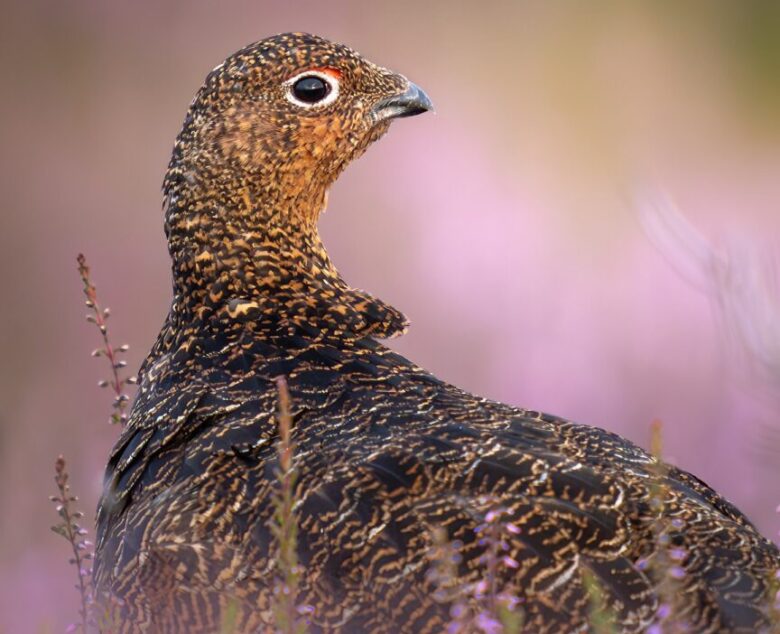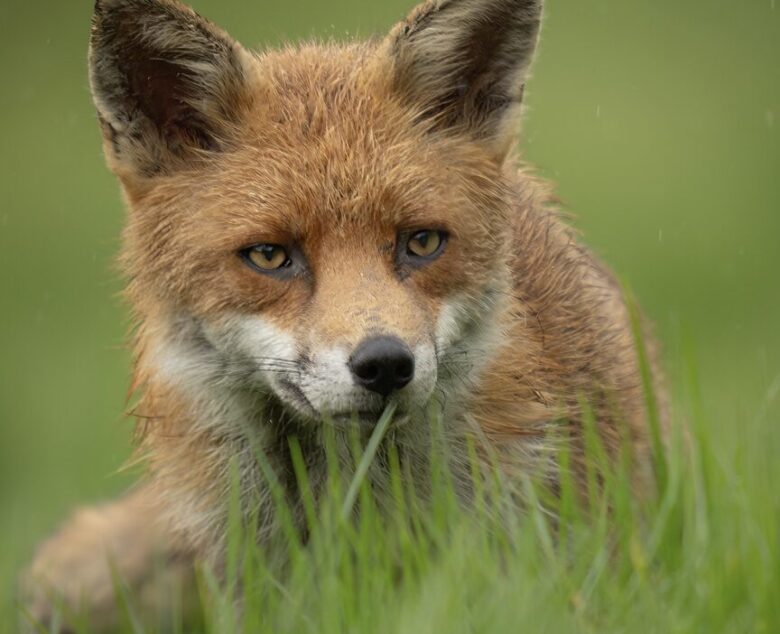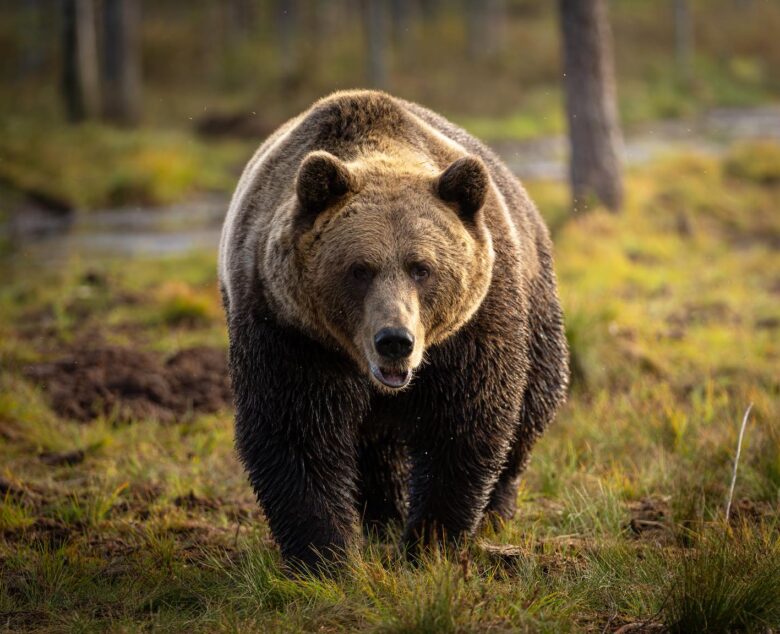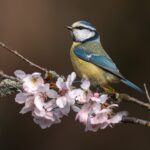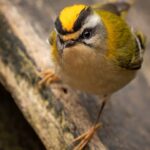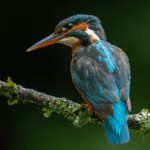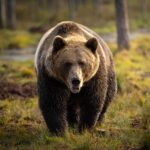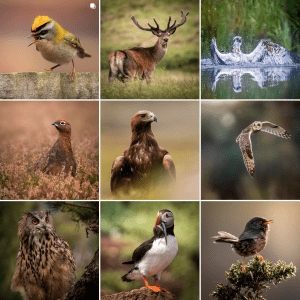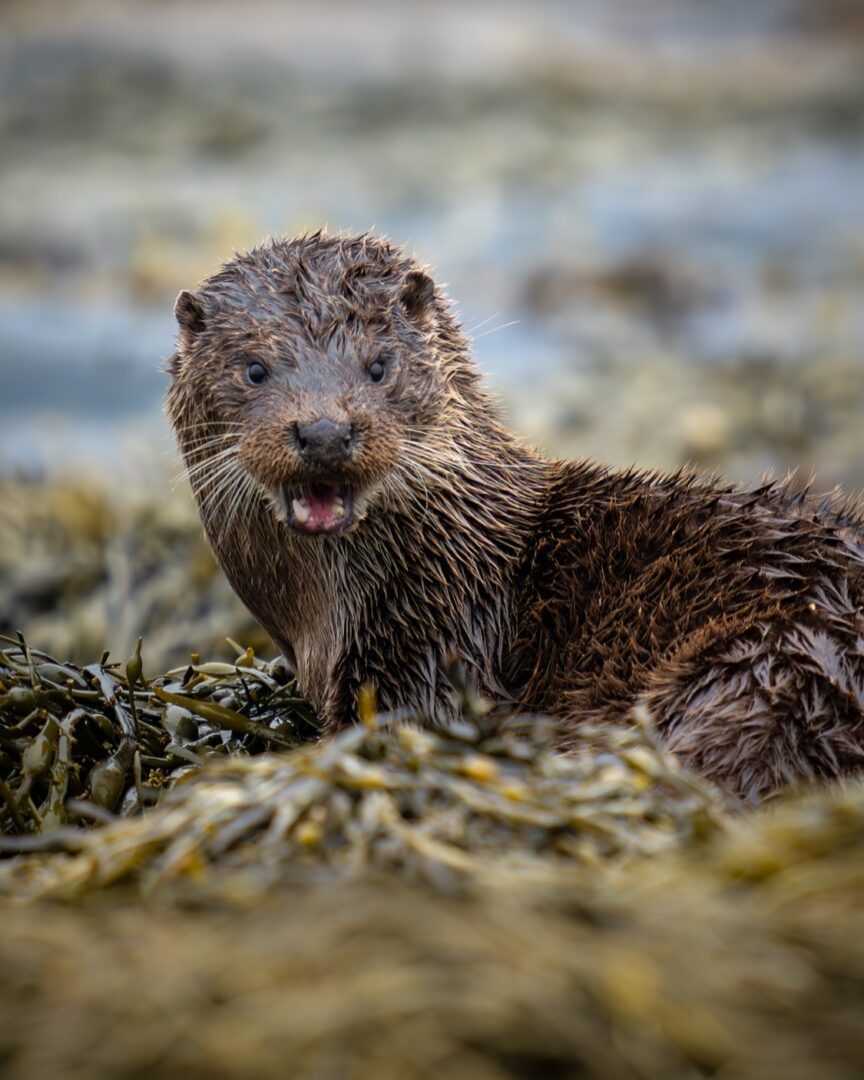
Eurasian Otters on the Isle of Mull: A Bucket List Encounter
As I am standing on the rugged shores of the Isle of Mull, the mist rolling in off the Atlantic, suddenly a sleek shape glides effortlessly through the water. With a flick of its tail and a curious glance, I realised I had caught my first glimpse of an Eurasian otter. This was a bucket list moment for me as a wildlife photographer, made even more magical by the fact that my first sighting was a male otter, known as a dog, in the gentle embrace of a rain shower.
The Isle of Mull, a haven for wildlife enthusiasts, offers some of the best opportunities to witness Eurasian otters in their natural habitat. These playful mammals are not only a delight to watch but are also key indicators of healthy aquatic ecosystems. Their presence signifies clean waters and abundant fish, showcasing the island’s pristine environmental conditions.
The Eurasian otter (Lutra lutra), with its sleek, brown fur and expressive eyes, is a master of both land and water. Watching one swim gracefully through the waves or scamper along the shore is a sight to behold. These otters are mostly nocturnal, but on the Isle of Mull, they are frequently spotted during the day, especially at dawn and dusk. Their playful nature and endearing behaviours, such as juggling pebbles or sliding down muddy banks, make them irresistible subjects for wildlife photography.
My first encounter with a male otter on Mull was a surreal experience. I was positioned near a rocky outcrop, camera in hand, when the heavens opened up and rain began to fall. As the droplets danced on the surface of the water, a dog otter emerged, his fur glistening in the rain. He seemed almost to revel in the weather, diving and resurfacing with an energy that was both captivating and humbling. Capturing these moments on camera, with the rain adding an extra layer of atmosphere, felt like a gift from nature itself.
Eurasian otters are incredibly adaptive, able to thrive in both freshwater and coastal environments. On Mull, they are often seen hunting along the coastline, feasting on fish, crustaceans, and even the occasional bird. Their dens, known as holts, are typically located in secluded spots along the shore, providing safe havens for raising their young.
Conservation efforts have been crucial in ensuring the survival of wonderful creatures. These animals were once on the brink of extinction due to habitat destruction, pollution, and hunting. Thanks to dedicated conservation initiatives, their populations have rebounded, and Mull now stands as a testament to what can be achieved when we commit to protecting our natural world.
For those eager to experience the magic of otters firsthand, Mull offers numerous opportunities. Guided wildlife tours provide insights into otter behaviour and the best viewing spots, while solo adventurers can explore the island’s diverse habitats. Remember, patience and respect are key when observing these creatures. Maintaining a safe distance ensures that we do not disturb their natural habitat.
My first sighting, immortalised in the rain, will forever remain a cherished memory, reinforcing my passion for wildlife photography and conservation. Join me in celebrating these incredible animals and supporting efforts to ensure their continued survival, so that future generations can also experience the joy of watching otters in the wild.
Statistics
Length: 94-155cm
Weight: 7-11kg
Average lifespan: 18 years
Conservation Status
Near Threatened (IUCN) Protected by. EU Habitats Directive and 6 other international agreements. Natura 2000 sites. 4021 are designated for this species.
When To See
All year round (particularly at dawn and dusk)
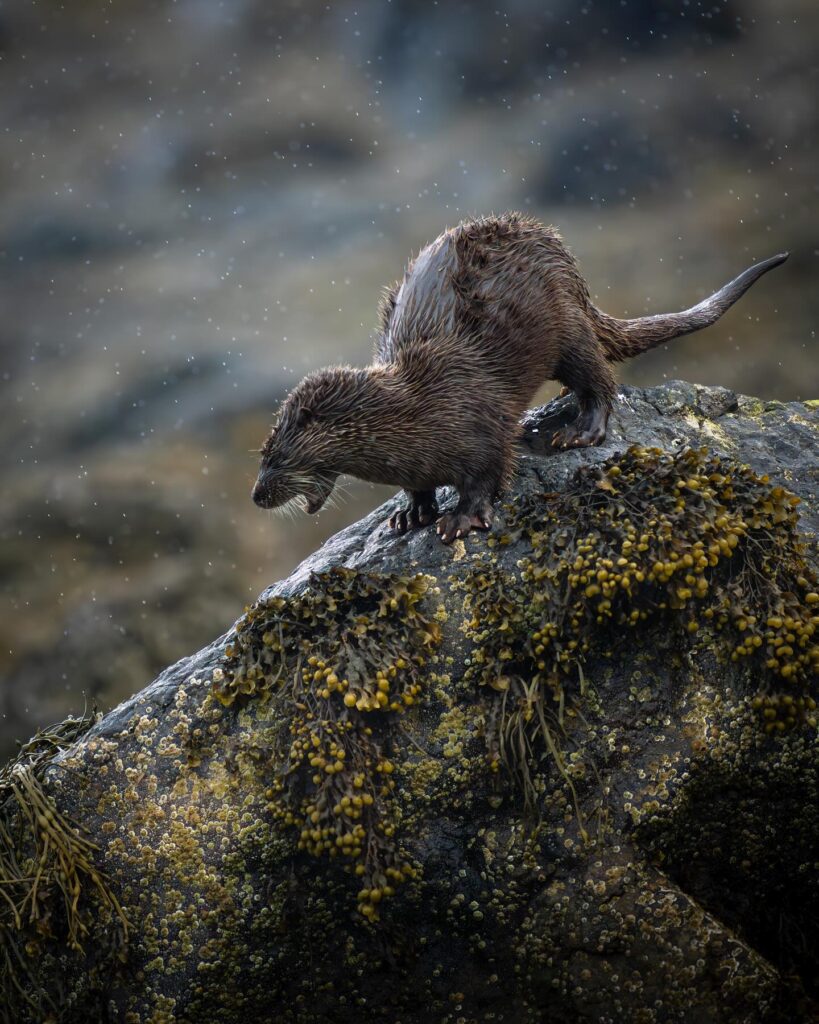
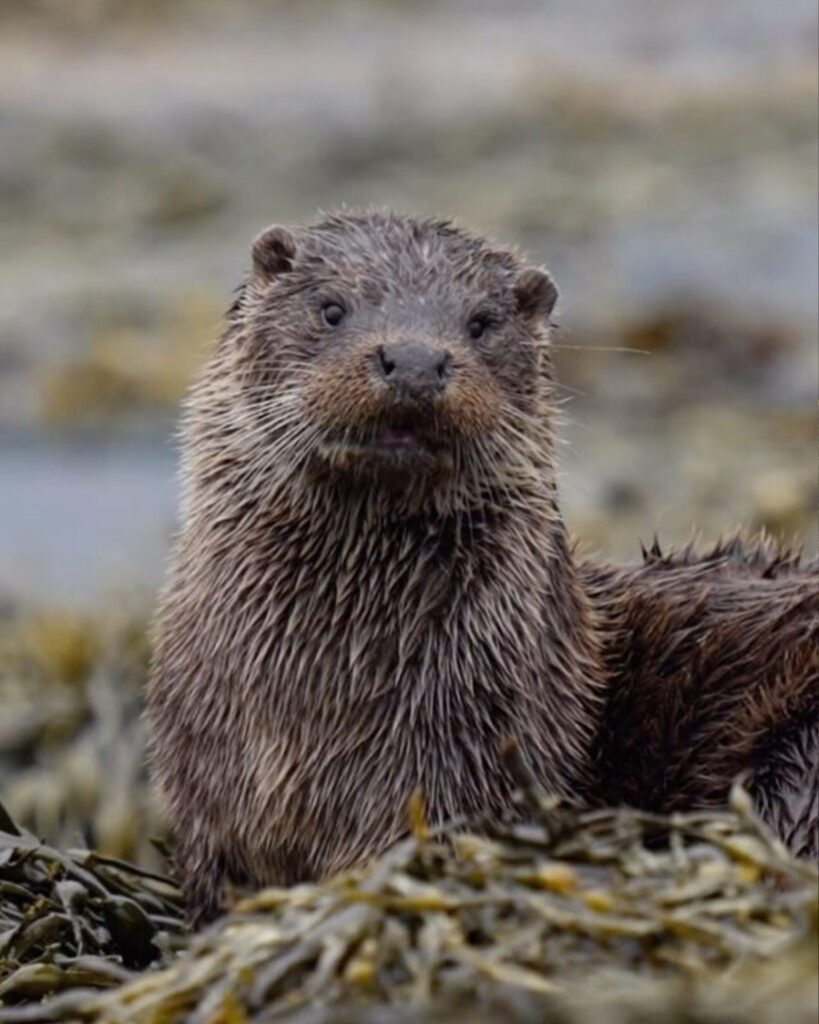
Comments are closed.
You may also like
Red Grouse on the Yorkshire Moors: Sunrise with the Scarlet Sentinels
How to Help Foxes This Spring: Support Your Local Wildlife Rescue Centre
Photographing Brown Bears in Finland: An Unforgettable Wildlife Adventure
Featured Posts
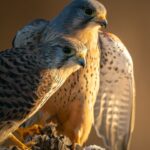
GET SOCIAL
INSTAGRAM
@paulbrowning.photography
@snowboard.paul
@macro.paul
TWITTER
@paul__browning_
FACEBOOK
@PaulBrowningPhotography
@snowboardpaul
@macro.paul.surrey
Get in Touch
GET SOCIAL
INSTAGRAM
@paulbrowning.photography
@snowboard.paul
@macro.paul
TWITTER
@paul__browning_
FACEBOOK
@PaulBrowningPhotography
@snowboardpaul
@macro.paul.surrey
